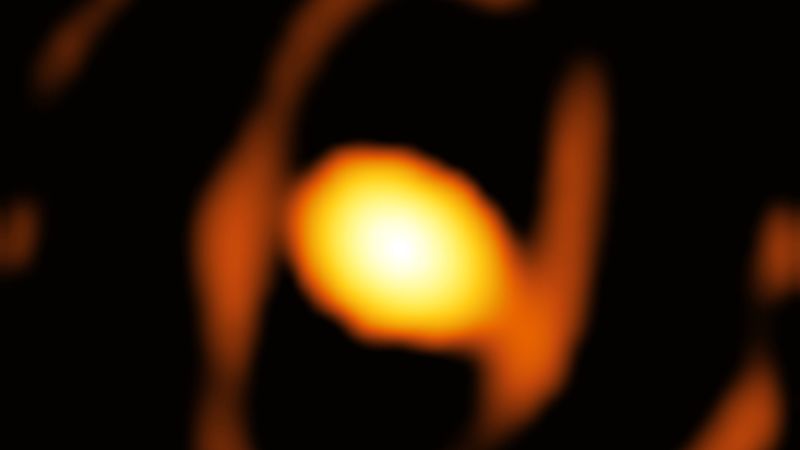
Near-Earth Object
A Near-Earth Object (NEO) is any small Solar System body whose orbit brings it into proximity with Earth. NEOs include asteroids and comets that have been nudged by the gravitational attraction of nearby planets into orbits that allow them to enter the Earth's neighborhood. These objects are of great interest to space and astronautical engineers because they pose a potential threat to Earth if they collide with our planet. Studying NEOs can help us understand the formation and evolution of the Solar System, as well as provide insight into the resources that may be available for future space exploration missions. NASA's Near-Earth Object Observations Program is responsible for detecting, tracking, and characterizing NEOs to determine their potential impact hazards.
Your Previous Searches
Random Picks
- Schwarzschild Radius: Schwarzschild radius is the distance from the center of a celestial body at which the escape velocity equals the speed of light. It is the radius at which the gravitational pull of the body becomes so strong that nothing, not even light, ca ... Read More >>
- Carrier Signal: In space and astronautical engineering, a carrier signal is a high frequency electromagnetic wave that is modulated with an information-bearing signal and used to transmit information through space. The carrier signal is typically generated ... Read More >>
- Satellite-based Observations: Satellite-based observations refer to the use of artificial satellites to collect data and information about the Earth and its surroundings. These observations can be used to study a wide range of phenomena, including weather patterns, clim ... Read More >>
Top News

Archaeologists discover 4,000-year-old canals used to fish by predecessors of an...
Using drones and Google Earth imagery, archaeologists have discovered a 4,000-year-old network of earthen canals in what’s now Belize...
News Source: ABC News on 2024-11-22

First close-up image of a star beyond our galaxy may reveal impending supernova...
Astronomers have taken the first close-up image of a star beyond our galaxy, and it’s a “monster star” surrounded by a cocoon as it slowly dies....
News Source: CNN on 2024-11-21

Bestselling author explains the science of happiness: "You can do the work"...
Bestselling author and Harvard professor Arthur Brooks opens up about how enjoyment, satisfaction and meaning in life can increase a person's wellbeing....
News Source: CBS News on 2024-11-18

November's full moon, known as the Beaver Moon, is the last supermoon of 2024. H...
November's full moon, known as the Beaver Moon, is the last supermoon of 2024. Here's when it peaks and why it's called the Beaver Moon....
News Source: CBS News on 2024-11-15

You can't put a price on the sense of awe particle physics inspires...
Astronomy and particle physics are no longer seen as vital by the US establishment, so funding has fallen. But our work creates a sense of wonder, and wonder matters, says Chanda Prescod-Weinstein...
News Source: New Scientist on 2024-11-13